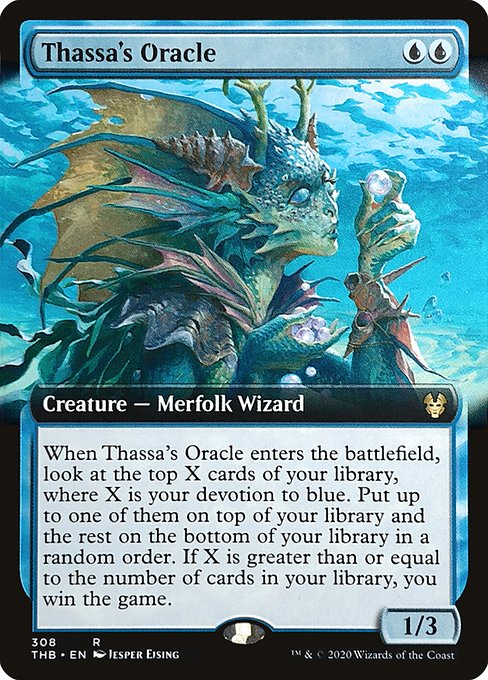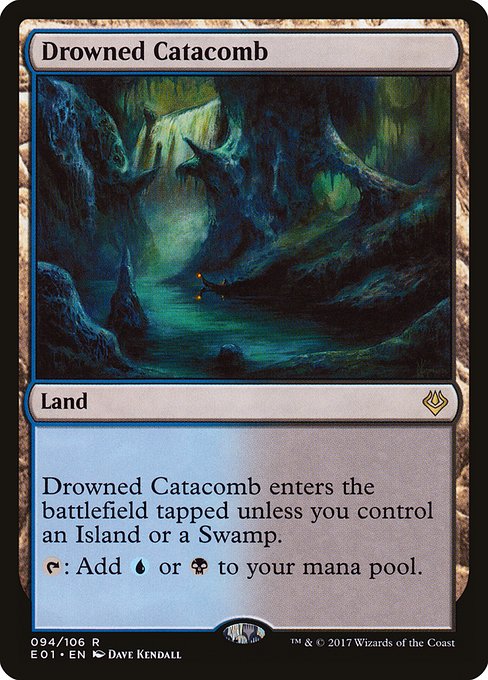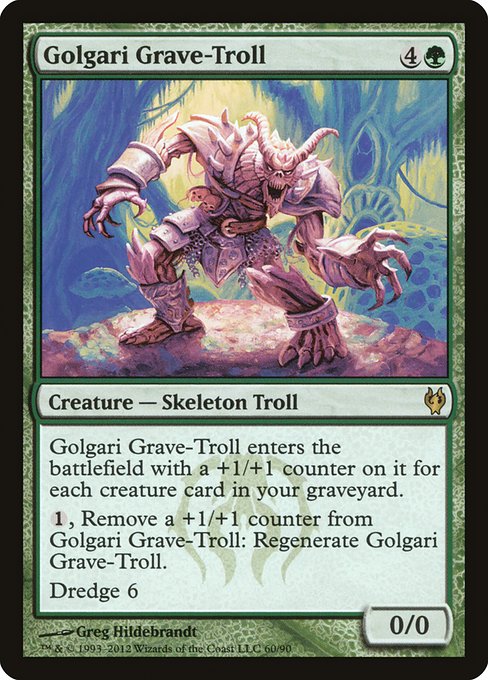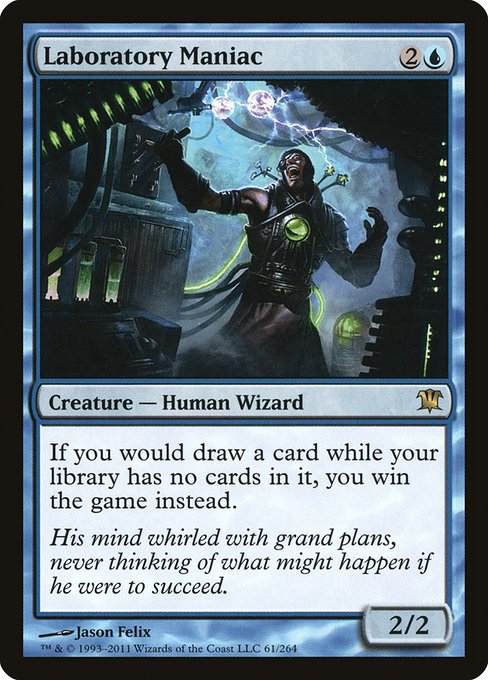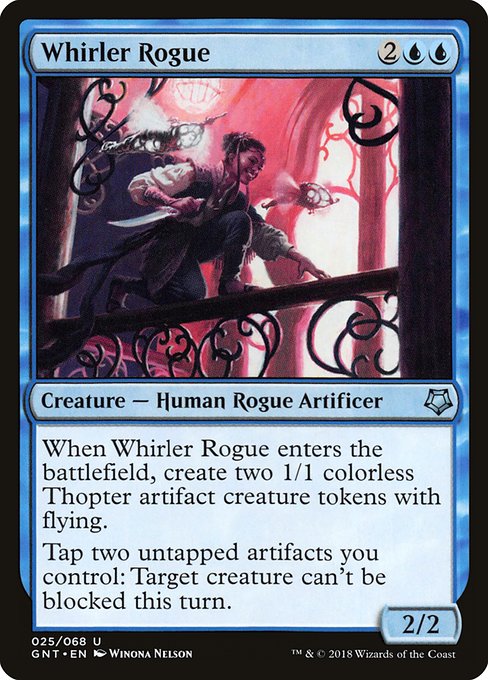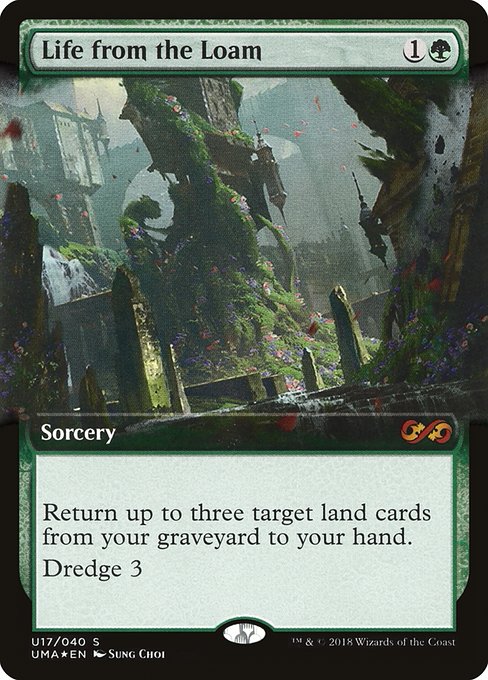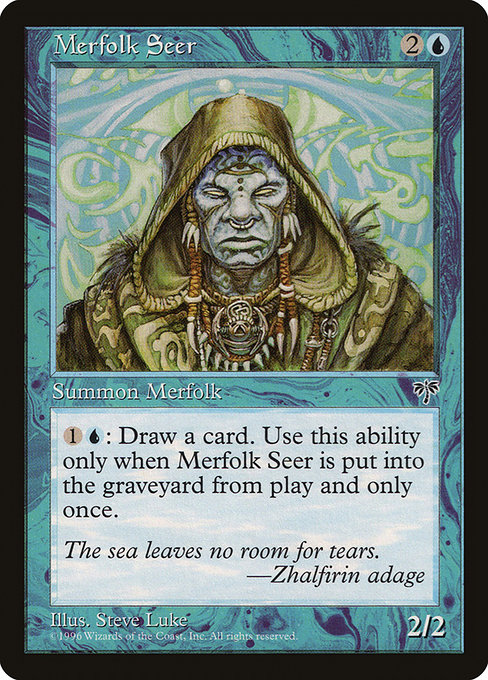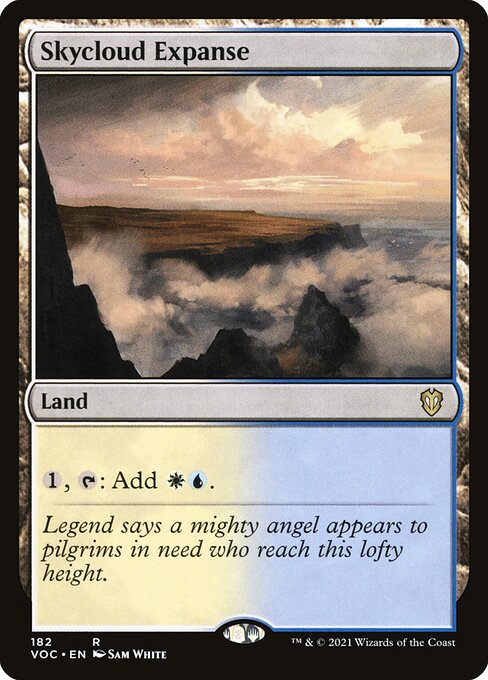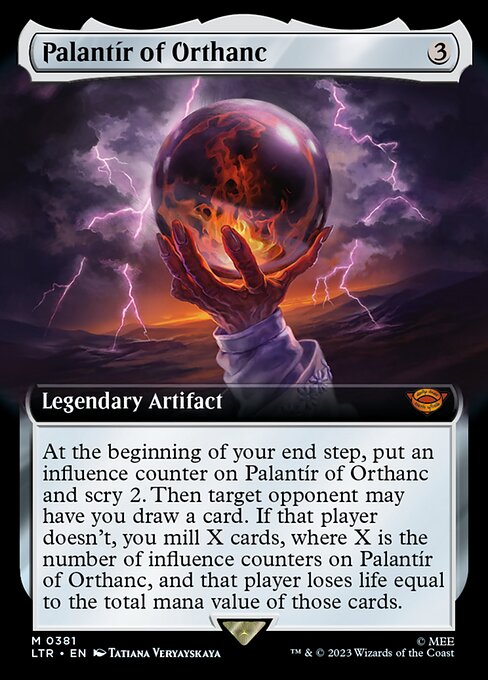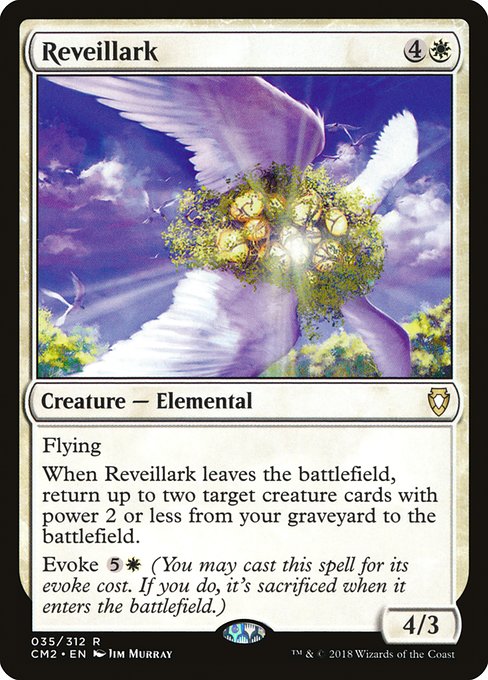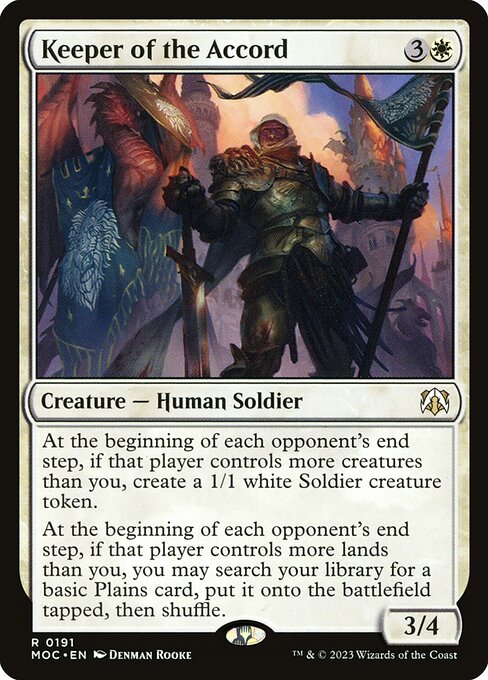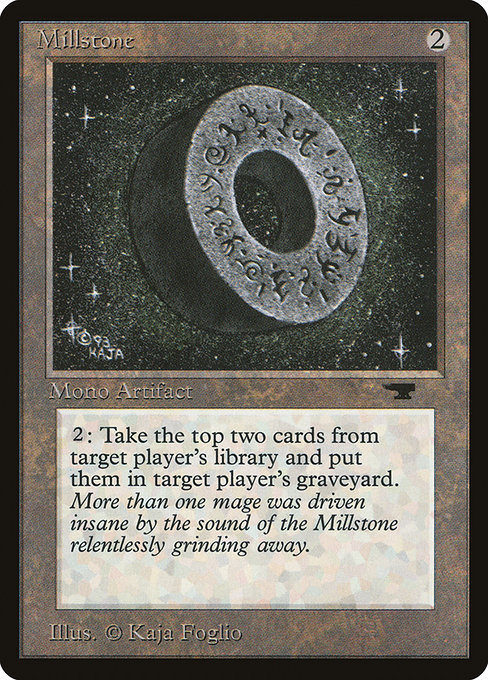
Millstone

Cards Mentioned in This Review
These cards are referenced in the strategy guide belowFull Analysis
Generated on 2025-06-28T20:54:20.497549 • Legacy FormatThe Comprehensive Guide to Millstone
Mastering the Art of Library Depletion
Millstone is a deceptively powerful artifact that holds the key to unlocking a diverse array of strategies in Magic: The Gathering. While its immediate effect may seem underwhelming, this unassuming card possesses a depth of strategic potential that experienced players have long recognized and leveraged to great effect.
Millstone's Core Mechanics and Interactions
At its core, Millstone is a mana-efficient way to put cards from an opponent's library into their graveyard, a process known as "milling." By paying {2} and tapping the artifact, you can target a player and have them mill two cards from the top of their deck. This may not seem particularly impactful on its own, but the implications of this effect are far-reaching.
The critical interaction to understand is the relationship between milling and a player's "deck size." In Magic, if a player would draw a card from an empty library, they lose the game. By repeatedly milling their opponent's deck, Millstone can gradually reduce their deck size until they are forced to draw from an empty library, resulting in an automatic loss.
This interaction becomes especially relevant in formats where deck size is limited, such as Commander, where players start with 99 cards in their deck (plus their commander). In these formats, Millstone can be a potent win condition, as it only takes a relatively small number of activations to deplete an opponent's library.
Another important factor to consider is the relationship between milling and card types. When a player's cards are milled, they go directly to the graveyard, which can have additional implications depending on the cards being milled. For example, milling a Golgari Grave-Troll can enable its dredge ability, allowing the player to put it back into their hand and continue fueling their graveyard-based strategies. Similarly, milling a Deranged Hermit can provide the opponent with a sudden influx of powerful tokens, potentially disrupting your plans.
Strategic Versatility: Millstone's Many Applications
Given its versatility, Millstone can be incorporated into a wide range of deck archetypes and strategies. Perhaps the most obvious application is in dedicated "mill" decks, which aim to deplete the opponent's library as quickly as possible. In these decks, Millstone serves as a reliable win condition, complemented by other milling effects like Tome Scour, Glimpse the Unthinkable, and Mind Funeral.
Beyond pure mill strategies, Millstone can also find a home in control and combo decks. In control builds, the card can be used to disrupt the opponent's game plan by limiting their access to key cards, while also providing a reliable win condition. For example, a Whirler Rogue deck might use Millstone to mill the opponent's deck while also generating card advantage through the rogue's tap ability.
In combo decks, Millstone can be part of a win condition that involves depleting the opponent's library. One such example is the "Dredge" strategy, which utilizes cards like Golgari Grave-Troll and Stinkweed Imp to repeatedly dredge cards back from the graveyard, while using Millstone to mill the opponent's deck. This synergistic approach can create a nearly unstoppable engine that grinds the opponent down until they inevitably lose.
It's worth noting that Millstone can also be used in more defensive or disruptive roles, such as in decks that aim to control the game by manipulating the opponent's graveyard. Cards like Life from the Loam and Golgari Thug can work in tandem with Millstone to exert pressure on the opponent's resources, while also providing a path to victory.
Deckbuilding Considerations and Archetypes
As mentioned, Millstone finds its most natural home in dedicated mill decks, where it serves as a primary win condition. These decks typically run a high density of milling effects, complemented by cards that can protect or support the mill strategy, such as Shelldock Isle, Jace, the Mind Sculptor, and Drowned Catacomb.
In addition to pure mill strategies, Millstone can also be a valuable inclusion in control and combo decks that seek to disrupt the opponent's game plan. These decks may use Millstone as a win condition, but they can also leverage it as a source of information, using the milled cards to gain insight into the opponent's deck and plan their responses accordingly.
One particularly interesting archetype that can incorporate Millstone is the "Dredge" strategy, which focuses on using cards with the dredge ability to repeatedly recur cards from the graveyard. By pairing Millstone with dredge cards like Golgari Grave-Troll and Stinkweed Imp, these decks can create a powerful engine that mills the opponent's deck while also fueling their own graveyard-based synergies.
Beyond these more established archetypes, Millstone can also find a home in more niche or experimental decks, such as those that focus on manipulating the opponent's graveyard or library. Cards like Life from the Loam, Jace, Vryn's Prodigy, and Fatestitcher can work in tandem with Millstone to disrupt the opponent's game plan in unique and unexpected ways.
Millstone's Competitive Viability and Format Considerations
The viability of Millstone in competitive Magic largely depends on the format and the prevailing metagame. In constructed formats with smaller deck sizes, such as Commander and Legacy, Millstone can be a powerful inclusion, as it can quickly deplete the opponent's library and secure a win.
In Commander, Millstone has seen moderate success, particularly in dedicated mill strategies or as a complementary win condition in control or combo decks. Its low mana cost and ability to target any player make it a versatile inclusion in a format where deck size is limited.
In Legacy, Millstone has found a home in certain versions of the "Dredge" archetype, where it serves as a win condition that synergizes with the deck's graveyard-based mechanics. While not a staple of the format, Millstone can be a powerful inclusion in the right metagame and deck build.
In formats with larger deck sizes, such as Modern and Standard, Millstone tends to be less impactful, as it takes a significantly longer time to deplete the opponent's library. In these formats, the card may be considered too slow or lack the immediate impact to warrant inclusion in most competitive decks.
It's worth noting that the viability of Millstone can also be influenced by the presence of other cards that interact with the opponent's graveyard or library. For example, the rise of cards like Cling to Dust and Relic of Progenitus in certain metagames can make Millstone less effective, as they provide additional ways for opponents to interact with and disrupt the mill strategy.
Technical Nuances and Rules Interactions
While Millstone may seem like a straightforward card, there are a few rules interactions and technical details worth highlighting:
-
Milling and Replacement Effects: When a player mills cards, they are placed directly into the graveyard. However, some cards, such as Fateful Showdown, have replacement effects that can modify this process. In these cases, the replacement effect takes precedence, and the milled cards may end up in a different zone.
-
Milling and Triggered Abilities: Milling can trigger abilities on cards that care about being put into the graveyard from the library, such as Golgari Grave-Troll and Deranged Hermit. These triggered abilities will resolve before the milled cards are actually placed in the graveyard.
-
Milling and Deck Size: If a player's deck is reduced to 0 cards due to milling, they lose the game as a state-based action. This means that if a player has no cards left in their library and is forced to draw a card, they will lose the game immediately, even if Millstone is not the sole cause of their library depletion.
-
Milling and Alternate Win Conditions: Some cards, such as Laboratory Maniac and Thassa's Oracle, provide alternate ways for a player to win the game. In these cases, milling the opponent's deck may not be enough to secure a victory, as the opponent can win the game through these alternate conditions instead.
-
Milling and Card Draw: It's important to note that milling is not the same as drawing cards. Cards that care about drawing cards, such as Visage of Bolas, will not be triggered by the milling effect of Millstone.
Understanding these rules interactions and technical details can help players maximize the efficiency and effectiveness of Millstone in their decks and avoid potential pitfalls or misunderstandings.
Millstone's Artistic and Historical Significance
The art of Millstone depicts a massive, ancient-looking stone grinding mechanism, with a single gear slowly turning and crushing the cards that pass through it. This visual representation perfectly encapsulates the card's function, as it gradually and relentlessly reduces the opponent's deck to nothing.
The flavor text, "The weight of knowledge can be a crushing burden," further reinforces the idea of the opponent's library being ground down and depleted, with the implication that the information and resources contained within are being systematically destroyed.
Historically, Millstone has been a staple of mill-based strategies in Magic for many years, appearing in various sets and formats. Its simple yet powerful effect has made it a go-to inclusion for players seeking to win through library depletion, and it has become a recognizable part of the game's mechanical identity.
The card's popularity and enduring presence in the game's history have also led to its appearance in various supplemental products, such as the Commander preconstructed decks and the Mystery Booster set, further cementing its status as a quintessential part of the Magic: The Gathering experience.
Conclusion: Mastering the Art of Library Depletion
Millstone may appear unassuming at first glance, but its deceptively simple effect belies a depth of strategic potential. By understanding the intricacies of this artifact and how it interacts with the various mechanics and strategies of Magic: The Gathering, players can unlock a world of deckbuilding possibilities and gain a potent tool for securing victory.
Whether you're building a dedicated mill deck, incorporating Millstone into a control or combo strategy, or exploring more niche synergies, this comprehensive guide has provided you with the knowledge and insights to make the most of this versatile card. By mastering the art of library depletion, you can overcome your opponents and leave them with nothing but the crushing weight of their own defeat.
Through careful deckbuilding, strategic play, and a deep understanding of Millstone's mechanics, you can wield this unassuming artifact as a powerful weapon in your arsenal. Embrace the deceptive power of Millstone, and let your opponents' libraries crumble beneath the relentless grind of your mill strategy.
